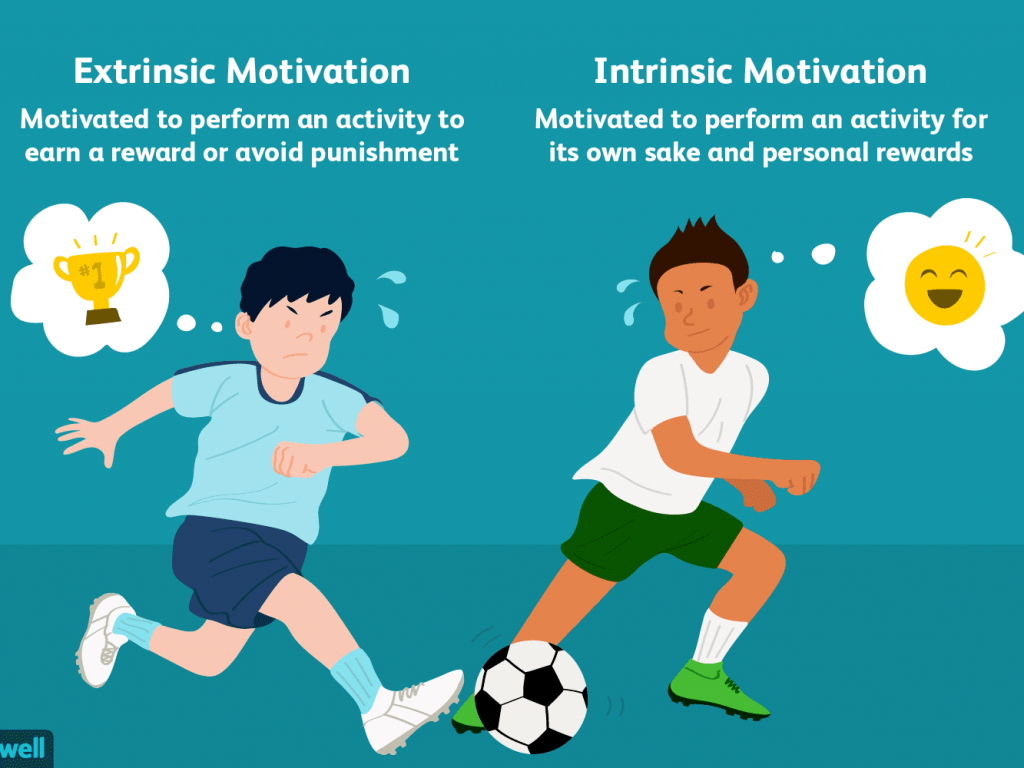Sequence of Internal Motivation
by Kathryn N. Donev, LPC/MSHP, NCC
The following are some highlights to encourage you this new year in midst of the uncertainty of a global pandemic with 1) Product Placement, 2) Cognitive Dissonance, and 3) Mass Formation Psychosis surrounding us daily.
Internal motivation is produced through a five stage sequence: (1) Informed, (2) Interested, (3) Identification, (4) Internal Passion, and (5) Internal Motivation. The first stage involves the initial process of becoming aware. Awareness requires a time of enlightenment. This may take place by various means, including but not limited to learning through verbal communication or media forms including virtual resources. It is important to note that if one is not cognizant of the reasons he or she performs certain actions, there may be consequences when one discovers that manipulation rather than motivation has occurred. True motivation involves both understanding the purpose and reasoning behind actions.
The second stage involves one becoming interested. This occurs after enlightenment when one makes a choice whether or not to further invest. At this period, if there is a level of curiosity, there will be a desire to obtain more information. He or she may become personally intrigued by the obtained information and feel like such defines who he or she is. In midst of pandemic information translates to safety.
After obtaining the material necessary to understand why he or she is about to make an investment, the individual proceeds to stage three. During this step, one will begin to identify with what was just learned. You embrace the cause as part of your person. It is important to note that in order to be motivated toward a cause, you have to identify with that cause. When you identify with something, the identified aspect becomes a part of your being, resulting in a sense of belongingness.
The fourth stage, internal passion, begins with an igniting spark. This is the preliminary occurrence needed in order to instigate motivation within an individual. However, it is important that this spark does not become consuming. A balance between one’s passion or motivating force and one’s being or person needs to exist. This is crucial in preventing burnout.
Becoming internally motivated is the final stage. At this stage, one has a desire to do something just because they love it; thus achieving genuine internal motivation. This motivation is not reliant on external rewards, but originates solely from within the individual. The significance of internal motivation is that this type drives one regardless of the opinions or actions of others, free from persuasion, influence or secular reinforcements.
Nurturing Ongoing Motivation
Even though one may possess internal motivation, he or she eventually may move from being internally motivated, to externally motivated when personal drive or passion comes no longer from within, but rather from external factors such as the praise of others. When you place too much emphasis on the opinions of others, it is easy to lose sight of the origin of passion. That which originally came from within, now is being influenced by external factors. Once external factors become nonexistent, one is no longer rewarded for actions.
When one continues to move toward a goal with little or no reinforcement, a crisis may result. An individual may begin to wonder why he or she continues to engage in an act if no one seems to appreciate the effort. Therefore, in order to prevent this burning out or moving away from being internally motivated and losing one’s desire to move forward when external reinforcements are not present, it is important that one revisits his or her initial passion and move away from having to rely on external factors to influence action. This period of retaining one’s internal motivational state may involve a weaning process where people re-learn to live based on what God wants rather than on social reasoning.









Comments